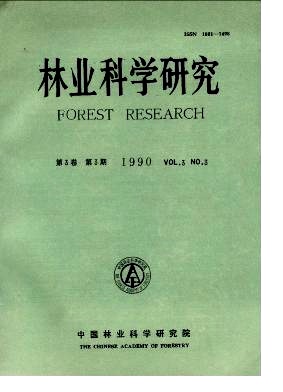BIOLOGICAL CHARACTERISTICS OF HORNED GALL APHID AND CHANGES IN QUANTITY DURING OVERWINTERING
- Received Date: 1989-08-01
- Available Online: 2012-12-04
Abstract: The horned gall aphid, Schlechtendalia chinensis (Bell), is an important resource insect which produces raw materials for industrial use. It develops seasonal forms in its life cycle lasting a year on two types of host through six generations. The autumn-form winged parthenogenetic female migrates from the gall on the first host called summer host, Rhus chinensis Mill, to the second host known as overwintering hosts which comprise some species of moss in later fall. This female on the overwintering host reproduces parthenogenetically nymphs which consist of two forms, one being alate sex-upara and the other apterous parthenogenetic female which reproduces on the moss. The nymph of sexupara lasts 104~132 days with four instars, the first instar is 20~35, the second 13~37, the third 30~60, the fourth 7~14 days. After the fourth moult it becomes sexupara migrating to R. chinensis Mill in spring. The apterous pathenogenetic female passes 72~112 days. The reproduction duration for individuals varies between 2 to 54 days, and each one may produce 1~11 young nymphs one after another. The time interval between two successive young nymphs may be less than one day and up to 36 days. The nymphs produced by apterous females on the moss will die at young stage. The nymphs produced by autumn-form winged parthenogenetic female on the moss have a high mortality at baby stage, over 90 per cent are in the first instar, and the mortalily is going to reduce beginning from the later second instar. This characteristic of changes in quantity is determined by the heredity of the insect itself and the environmental factors, especially the moisture in the layer of the moss, which are important as well for causing the death of the aphid.





 DownLoad:
DownLoad: